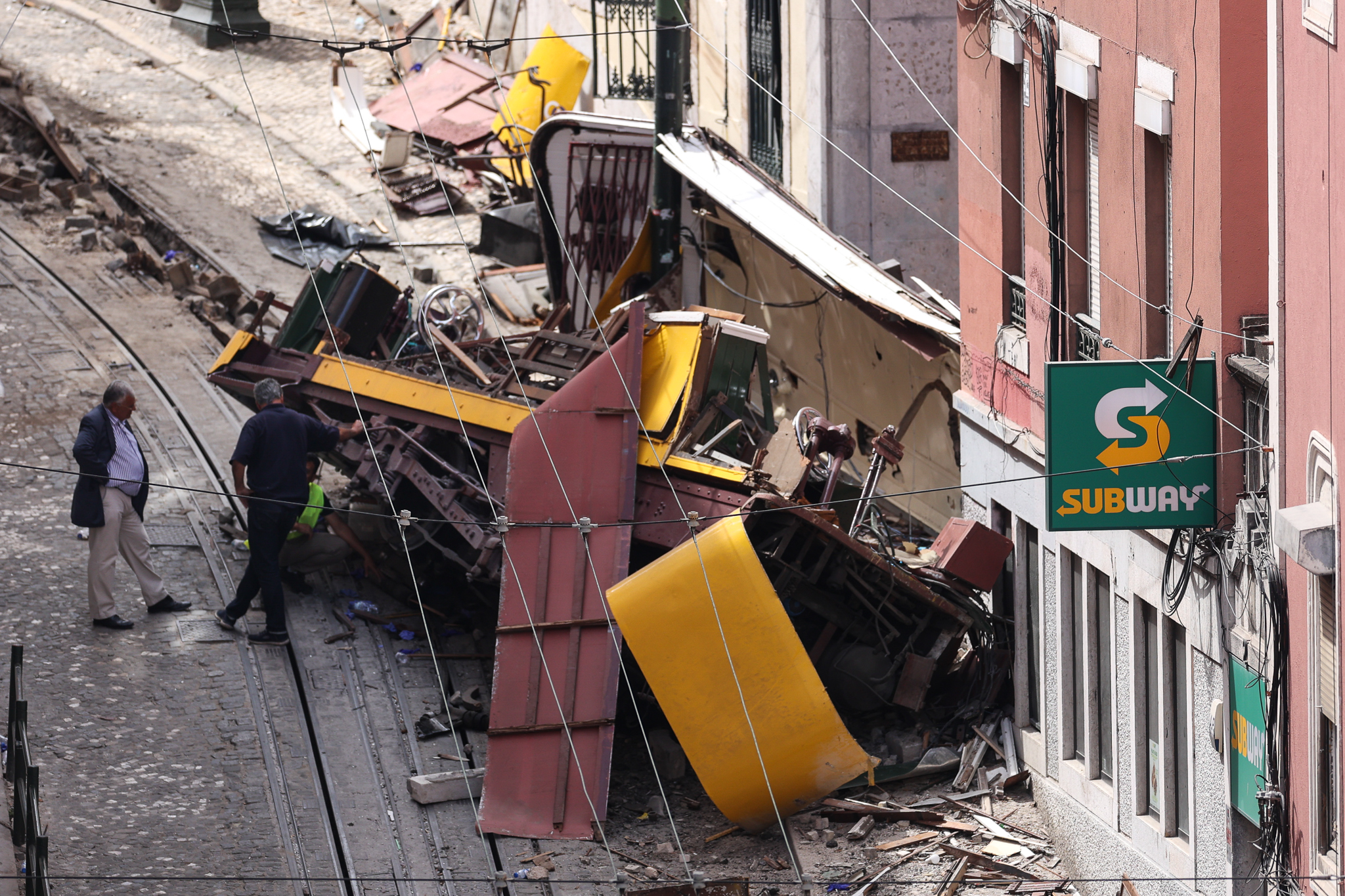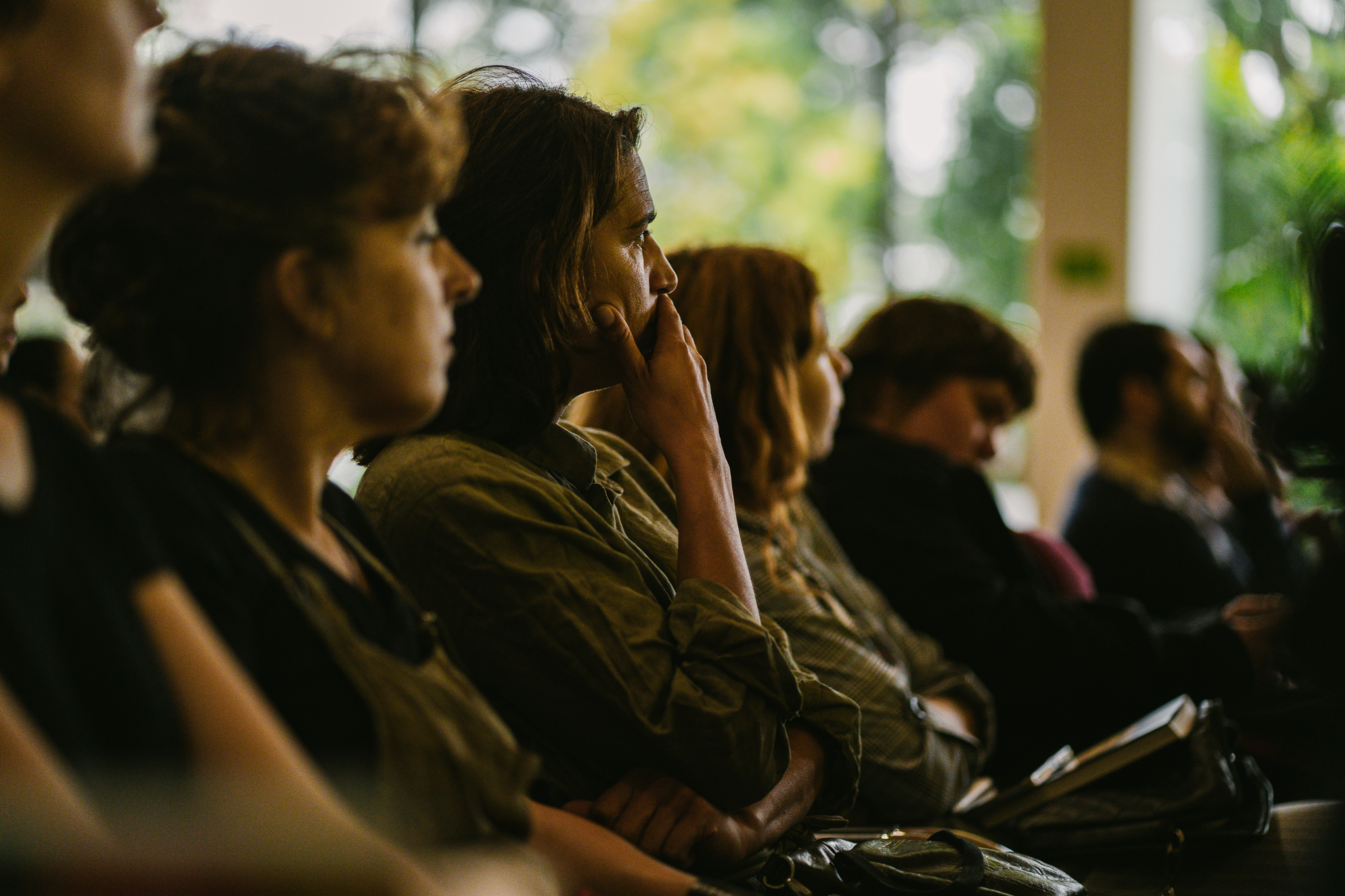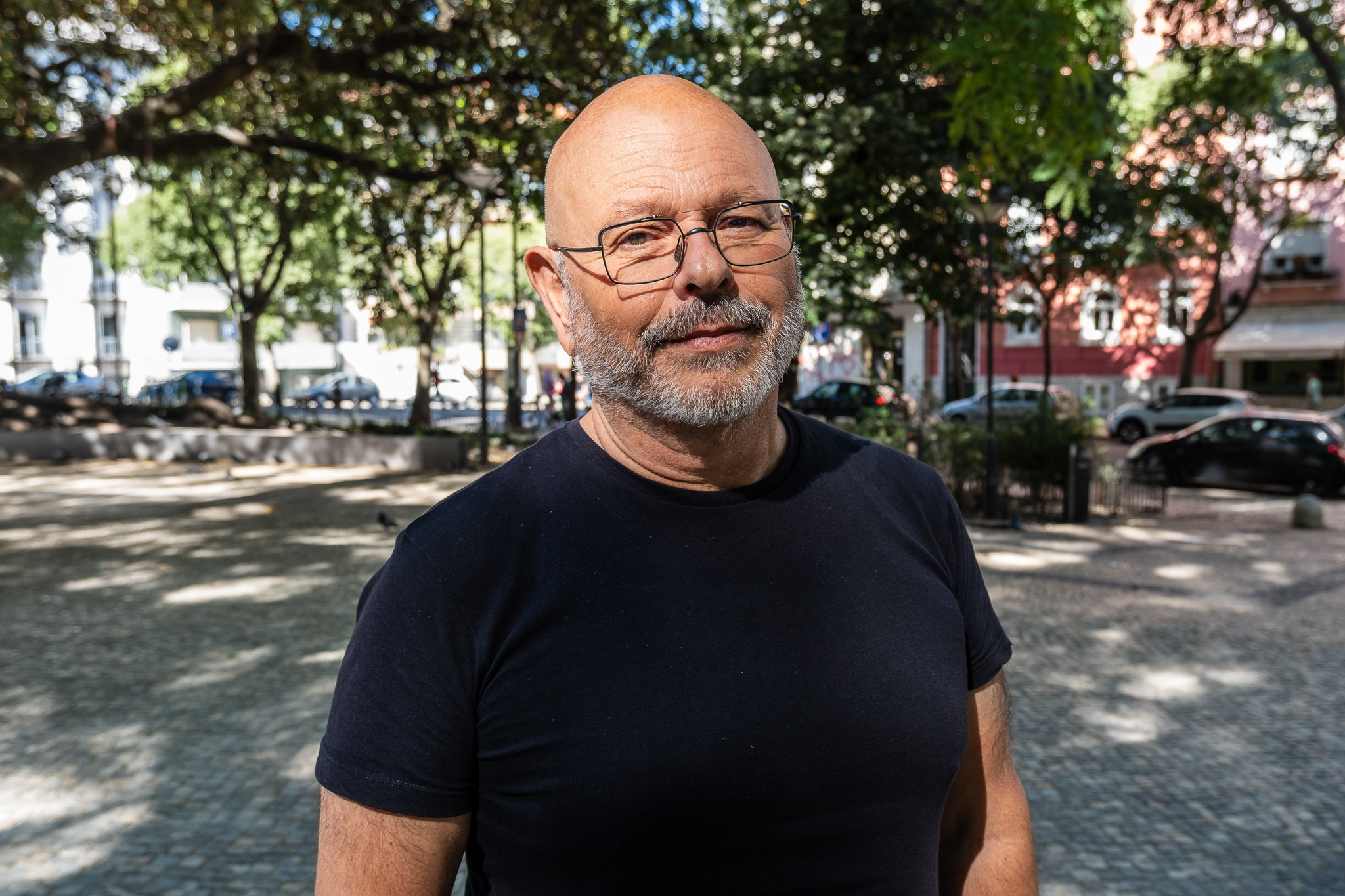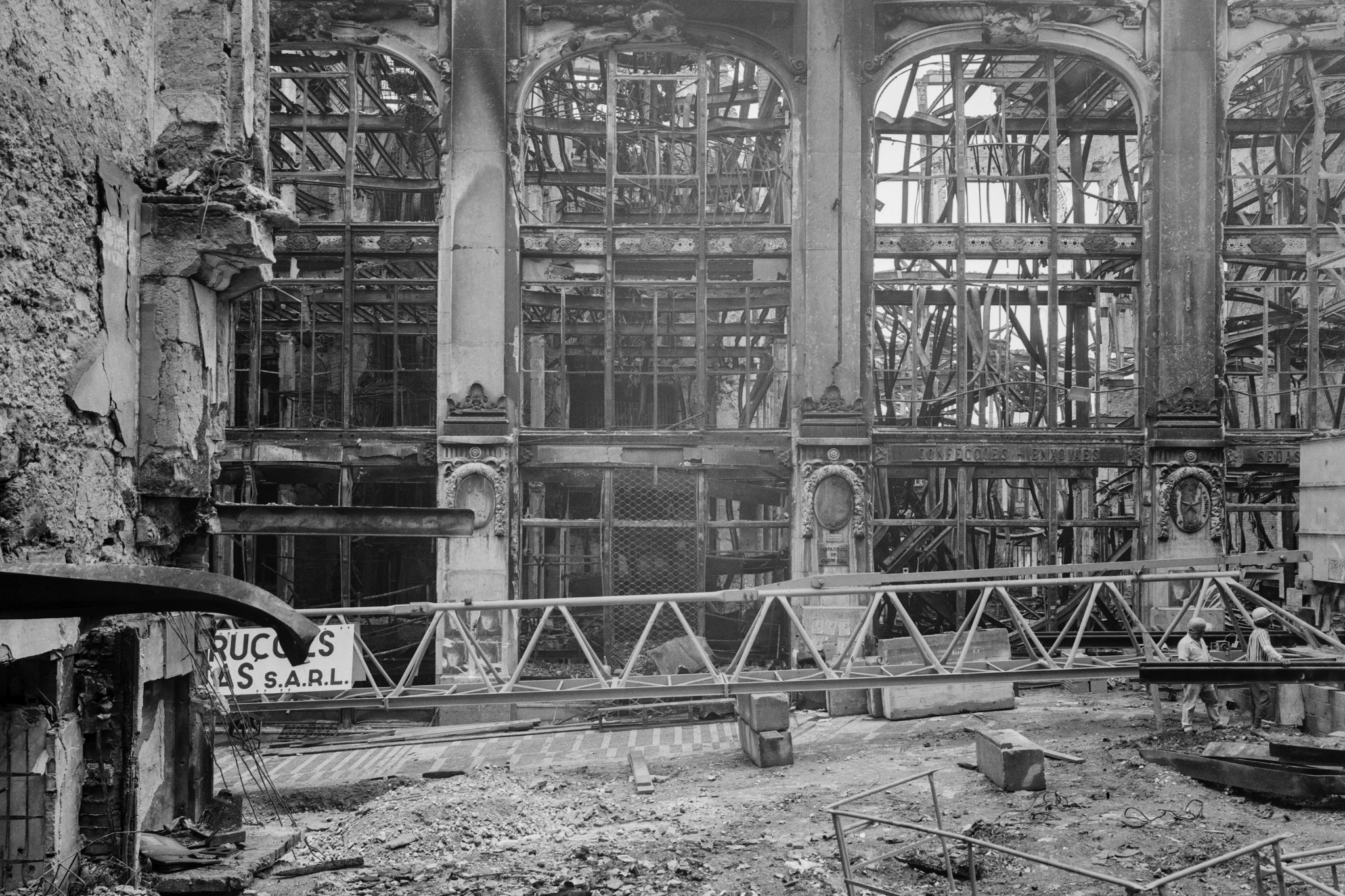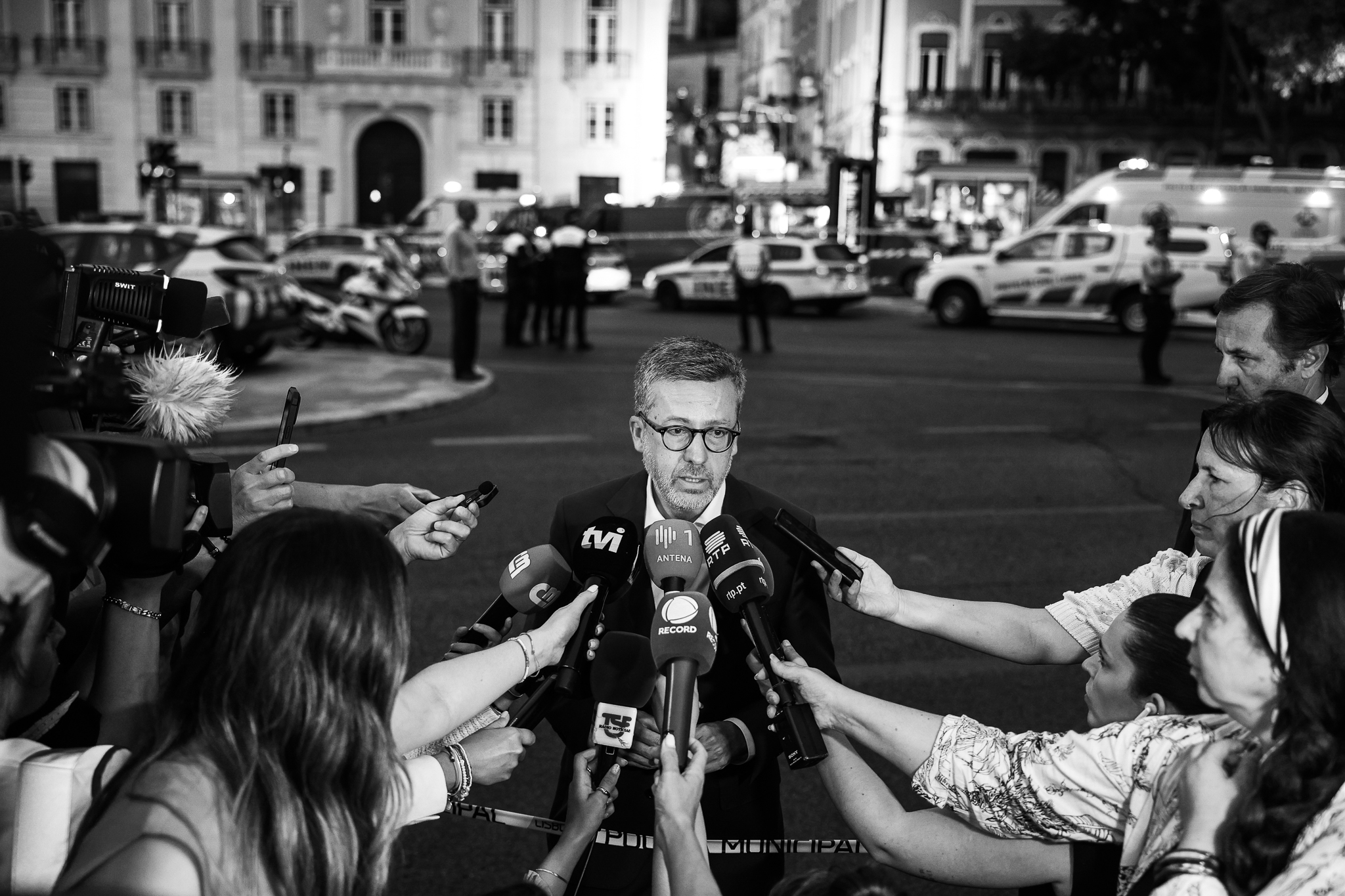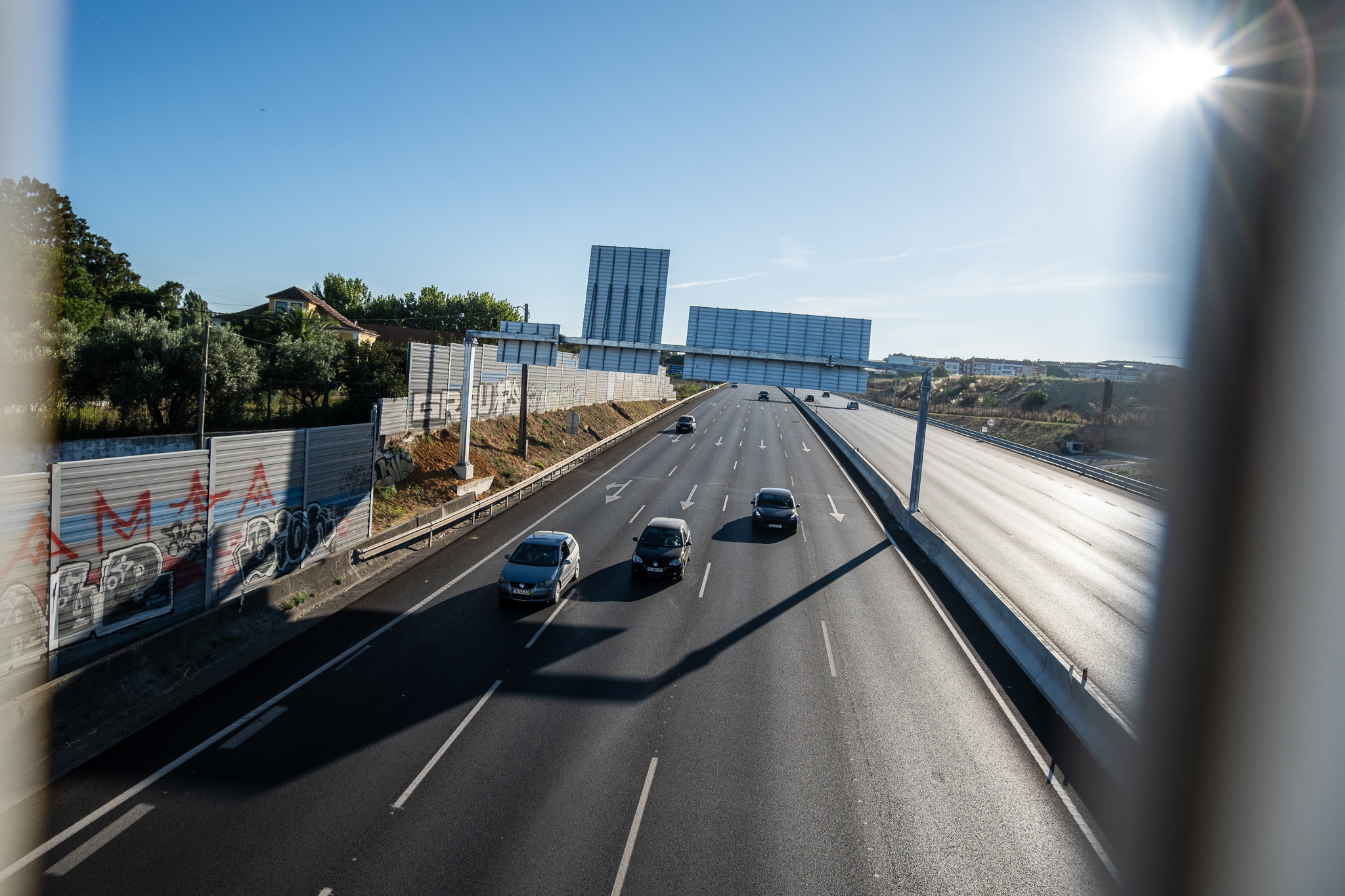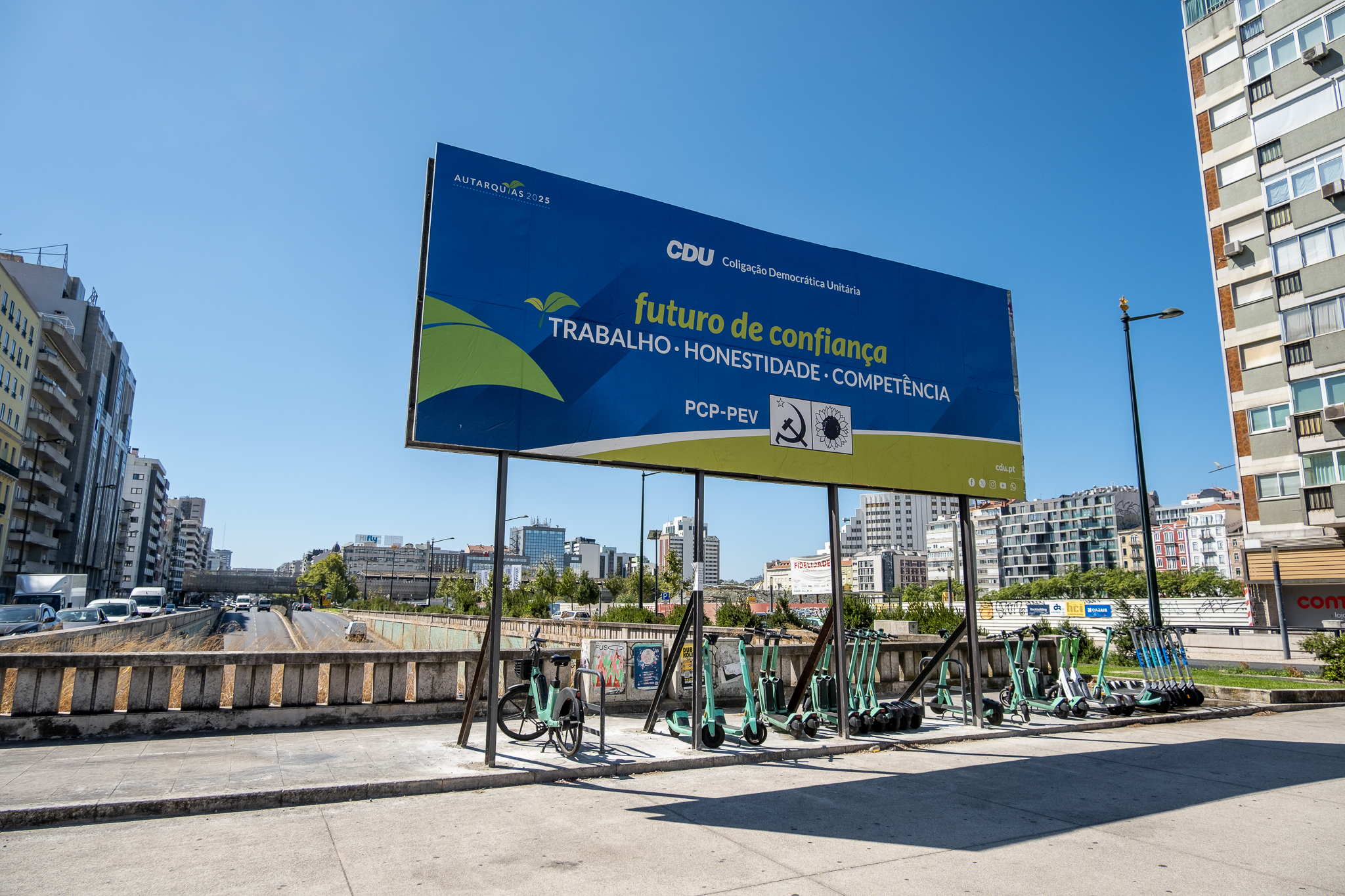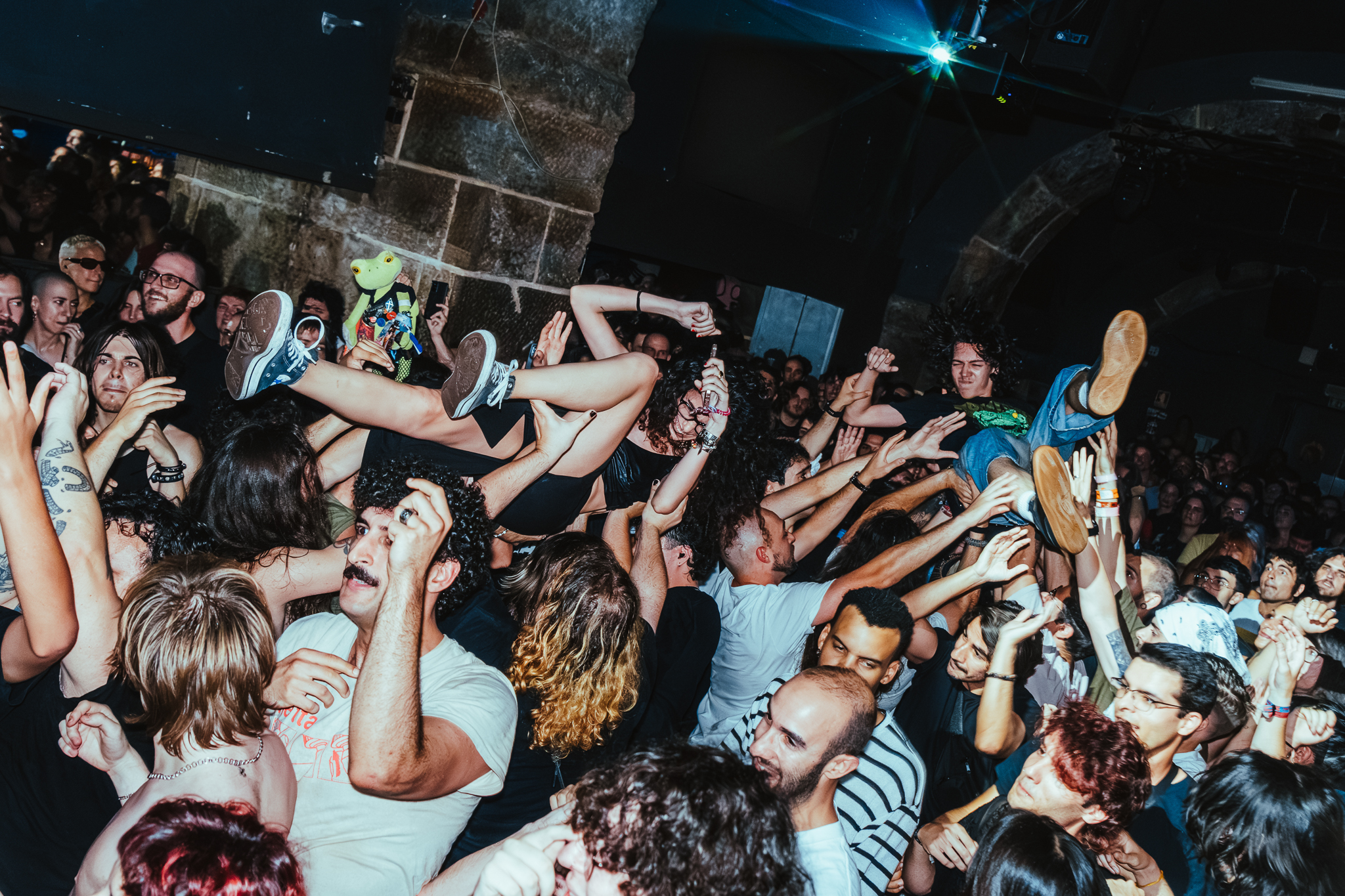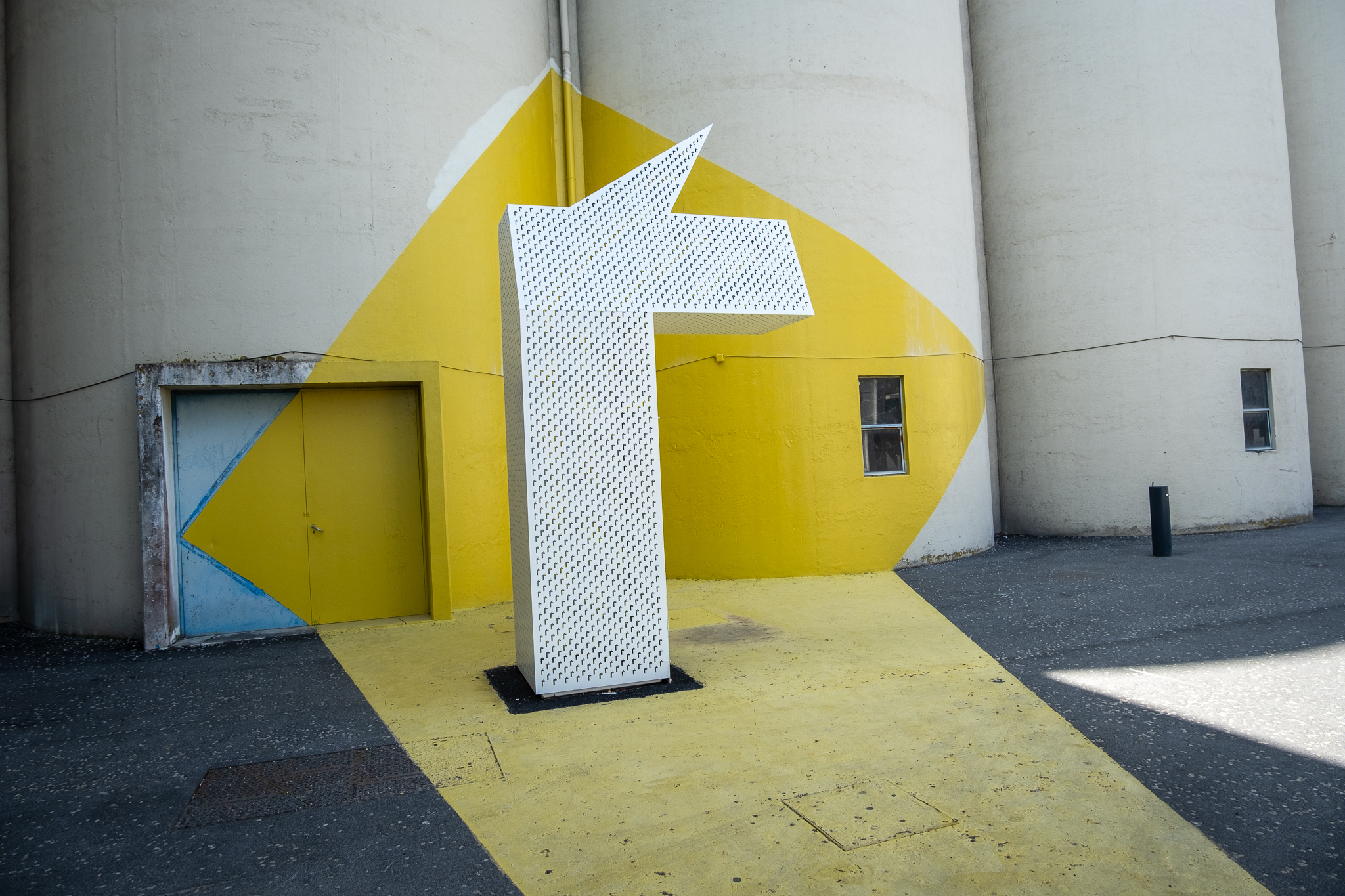Residents of the Telheiras neighborhood in Lisbon are buying solar panels to produce their own solar energy, with a view to community and sharing. At the same time, they are helping families living in energy poverty, as well as local businesses and associations, to reduce their electricity bills.

In order to have electricity at home, we hire a company to provide us with this service. The energy that will power our appliances and gadgets will come from a power station, which can use a variety of sources, including fossil fuels. As electricity is produced far away from us, we often don't pay attention to where it comes from and end up wasting locally available resources - for example, the solar energy that falls on the roofs of our houses every day. But what if we had solar panels in our neighborhoods to take advantage of this precious source from a community perspective?
This is precisely what Telheiras Renewable Energy Community (CER), a group of people who have come together to contribute to more sustainable, fair, cheap and democratic energy. With an innovative approach to producing and sharing solar energy locally, CER de Telheiras has already installed its first photovoltaic system on the roof of the Old Lagar at Quinta de São Vicente. The initial investment, related to the purchase and installation of the panels, was fully covered by the community members, who become the owners of their energy and enjoy savings on their electricity bills. This first project involves the Lumiar Parish Council and 16 families from the neighborhood, three of whom will be energy poor households and will therefore be supported by the other members.
Produce and consume locally
"We've opened up 13 places for people to sign up, where they pay their way into the Energy Community and invest in solar panels so they can own their energy"explains Miguel Macias Sequeira, one of the CER's most active members. "And then we'll have three participants who will have their entry costs covered to help them alleviate their situation of energy poverty. These will be families selected by the parish council." A local energy production for local self-consumption results from various European directives, which were translated into Portuguese legislation through Decree-Law no. 15/2022. There are basically two modelsas Renewable Energy Communities, or RECssuch as the one in Telheiras, and the Collective self-consumption, or AAC.
The second is becoming common among condominiums: in essence, the various inhabitants of a building finance the purchase of a photovoltaic system from which everyone will benefit. But in this model, there is an intermediary: a company that will take a share of the profits. In the case of CERs, the neighbors of a neighborhood are the initial investors and the final beneficiaries, with no profit motive. "A Renewable Energy Community allows the production of renewable energy, in this case photovoltaic solar energy, and sharing in the vicinity, which for low voltage electricity projects is two kilometers. So two kilometers covers the entire Telheiras neighbourhood, plus some areas of Lumiar and also the neighbouring parish of Carnide."Miguel explains.
"The idea of RECs is that there are environmental, social and economic benefits for the members, rather than financial profits; that they are local and autonomous, that participation is open and voluntary, and that the participants are families, small and medium-sized businesses, and also municipalities or local governments. This is the European idea of the thing, which was then transposed to Portugal"he explains. Miguel's interest in Renewable Energy Communities is personal but also academic. "I'm lucky enough to be a PhD student at Universidade Nova de Lisboa, working on the energy transition on a local scale. This project also interests me for my doctorate and has turned out to be an important part of the thesis that I have to hand in by February next year."

Four of a household's consumption
On the roof of the Old Lagar at Quinta de São Vicente, where the Lumiar Parish Council has a coworking space, 16 panels have been placed, covering an area of 50 m2. The installed power is 7.15 kW at peak, "i.e. during the hours of greatest sun exposure"The planned annual electricity production is 11.5 MWh. The energy produced must first be consumed by the Old Mill building, i.e. the Parish Council, and then shared with the other members of the Energy Community. "It's obligatory to be like this"says Miguel, disagreeing with the way the legislation is defined. "It should be soon to distribute to the members." To determine the 17 beneficiaries of this first photovoltaic system, CER had to calculate the installed power, the expected consumption of the Old Mill and the average consumption of a family in their home. "The annual consumption of a family in Portugal is around 2,500 kWh. Telheiras is within this average."
The panels will be able to supply an average of 570 kW/h of energy to each house. "That's equivalent to a quarter of what a family consumes, more or less." It should be noted that the electrons produced in the Community's photovoltaic system will not be exactly the same as those that will reach each member's homeThis is because the energy from the panels is injected into the E-Redes network (the company that provides the public electricity service) and will thus be "mixed" with the rest of the energy. What happens, then, is a virtual calculation based on the production of the panels, the consumption of each member and the percentage of the production to which each person is entitled. "The energy produced by the panels passes through a production meter, which measures everything that is being produced, and then part of it is consumed by the building. The meter at the entrance to the building measures what the building is consuming and the surplus that is being injected into the grid. And in each house there are also meters that record what is consumed"Miguel explains. The result of this calculation will be a discount on your monthly electricity bills.

"Production is calculated every 15 minutes. So, every 15 minutes, E-Redes will see how much each household is using, how much is being produced at the Lagar and will cross-check the values. If the households are consuming more than is being produced - which is what will happen most of the time because there's only one oven on, for example - then they'll be consuming from the normal network. And if they're consuming less because they've gone on vacation and turned everything off, then they're not consuming everything they're entitled to." If there is a surplus in production, the energy can be sold by the local association Viver Telheiras, which is the figure that provides legal and bureaucratic support for CER, and the profits can be distributed among everyone. "That sale is at a very low price, so it's better to have self-consumption"Miguel points out.
Economic and environmental benefits
The members of the Telheiras CER each contributed around 400 euros towards the installation of this first photovoltaic systemand must have this investment recovered within four to five years. The expected annual saving on each family's bill will be 110 euros. "This will depend a lot on electricity prices, which have varied a lot, and also on what each person pays for electricity" - a bill that includes, in addition to consumption itself, the energy companies' margin and VAT for the state, "which has since been downgraded to 6%"and network access tariffs. Now, the electricity produced by a REC has no VAT, no margin because it is produced on a non-profit basis, and neither does the margin for companies; and Renewable Energy Communities benefit from a "very large discount on network access charges".
This is why one of the main individual benefits of joining a REC is economic. "In terms of individual benefits, the most important one in the survey we carried out was that it was a local investment with a positive return. Nobody goes into a project like this thinking they're going to end up losing money"mentions. "This issue of being able to recover investment that was made in four or five years, and that the panels will last 25 years, is an important motivation for people to decide to put their money here, instead of in the bank, instead of doing something else with it." From a collective point of view, the main motivation for the 13 investor-families was the environmental benefits, ranging from the production of renewable energy from a decentralized, local perspective, to the small contribution to a smaller carbon footprint.
The installation of solar panels on the roof of the Old Lagar at Quinta de São Vicente was an important milestone for the members of the Telheiras Renewable Energy Community (CER). The project began to be considered in 2020, after a survey of ideas for the neighborhood was carried out in the garden next to the Metro. "And one of the ideas we came up with was to produce renewable energy and share it between neighbors. There was also an idea to put solar panels on the roofs and another to calculate the carbon footprint of the neighborhood. Ideas around energy and the same objectives. Then we launched a work party. About five or six people joined, all volunteers, residents of the neighborhood." And so CER was born. For the photovoltaic system to become a tangible reality, it was necessary to a lengthy process of bureaucracy and preliminary licensingIn addition to the preparation of the entire project from a technical and scientific point of view, the cooperative was also involved. Coopérnico and a research center at the New University of Lisbon, where Miguel is a doctoral student.
Applications open for a second photovoltaic system
"We still have to complete this licensing process with the DGEG. Now that the panels are installed, we have to complete the process so that the energy really starts reaching people"says. "I hope it won't be more than a month or two." While this process is taking place, CER de Telheiras is already working on a second photovoltaic system, which will be installed on the roof of the Alto da Faia Sports Pavilion, and which will allow it to increase its solar energy production capacity and thus attract new members. Around 60 panels are planned, with an installed power of 34.2 kW at peak solar and an electricity production of 48.2 MWh/year.
Like the Old Lagar building, the Sports Pavilion building is not very "greedy" in energy terms, which allows it to maximize production for the community and circumvent the limitation of this production having to go first to the building where the panels are placed. "It's a building that has a large roof and consumes more energy in the late afternoon and evening. So, during the day, it can produce a lot of energy for the community. It's also a recent building, six or seven years old"Miguel explains. The Old Mill also "It uses very little energy because it's basically just lighting and the computers of the people who work there. In winter, it uses a bit more because people are sometimes there with heaters, but it's still low consumption"from time to time, the building is used for some of the parish council's events.
The Sports Pavilion will enable CER Telheiras to grow and produce more energy; applications are now open for 50 new members who want to join the project and co-invest in this second photovoltaic system. In addition, 10 new families living in energy poverty will be selected. In total, CER will have almost a hundred members. "This time, we're going to give you different investment options", explained Miguel, in contrast to the model followed at the Antigo Lagar, where the 13 families invested the same 400 euros. "We realized that there were people who live alone, who use very little energy or who aren't at home during the day and therefore didn't want to join because of that. Or who didn't have a lot of money available to enter right away." Thus, a family can have "the same 570 kWh per year for an investment of 290 euros, as in the first project". But also "an option that is 145 euros, half the investment and half the energy too". The payback should be quicker than for the Old Mill project: three years. "The investment is lower and the return is quicker."
"We're going to have a third option because in this project we don't just want to have families, but also small businesses and associations here in the neighborhood, associations. It's more 50% than the basic option, so it's an investment of 400-something euros, for a bit more electricity as well."he added. The final number of panels to be installed will depend on the number of interested parties and members that are raised, with the possibility of increasing the number of panels beyond the 60 planned if there is a lot of demand - the Pavilion's roof is large and has more capacity. Those interested can sign up in this form until July 25 and a random draw will be made.
After the initial investment in the panels - which will be recouped after three to four years - members will have to pay an annual fee to the Viver Telheiras association, a sum of around 25-35 euros which will cover civil liability and multi-risk insurance, electricity grid access fees and the maintenance of the photovoltaic systems. The amount of this fee is set at the general meeting that members will have to attend once a year. "The electricity produced by the panels is free for people, it's deducted from their bills. The only thing they pay is this annual fee, which is only used to pay the costs."

